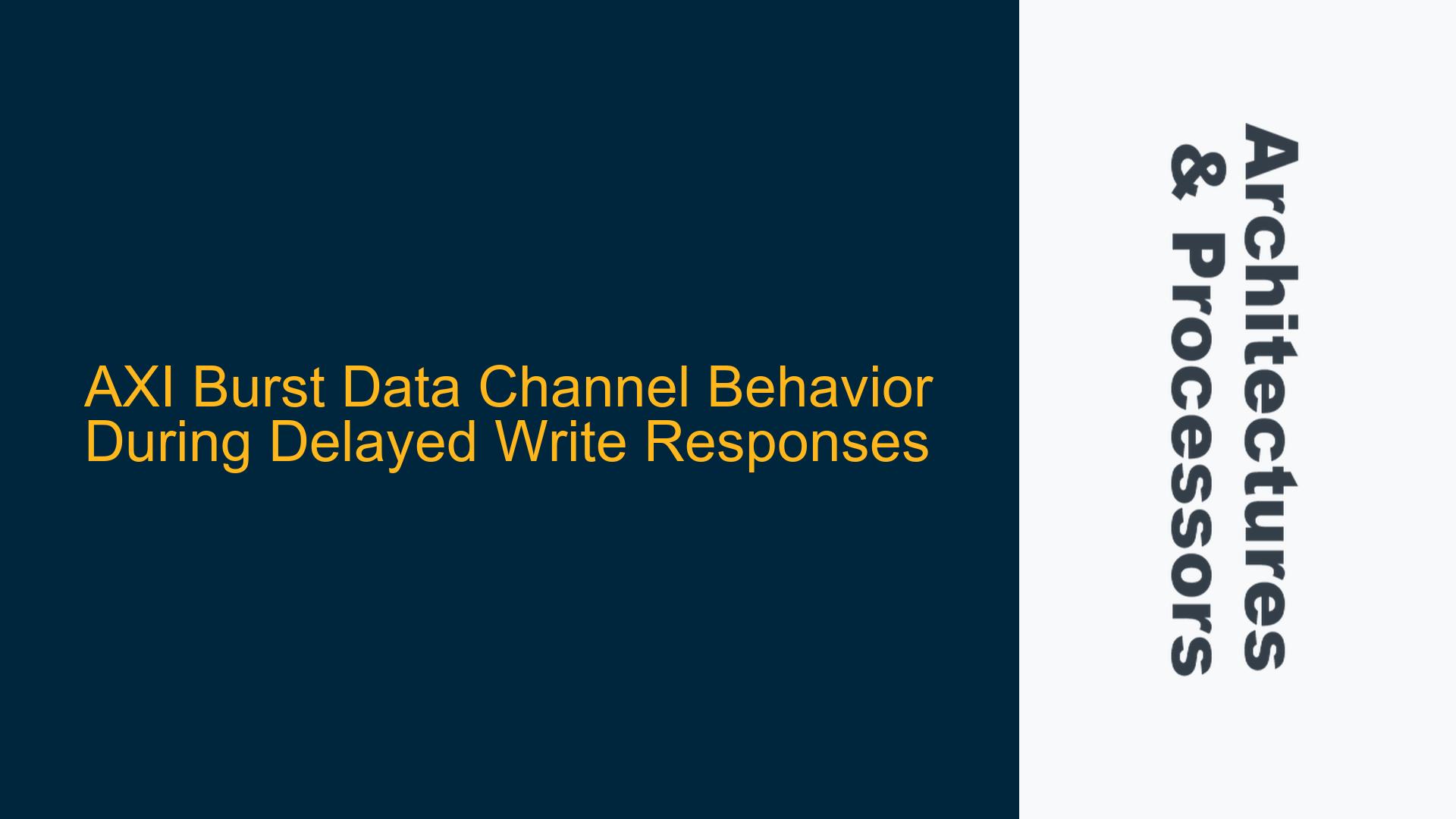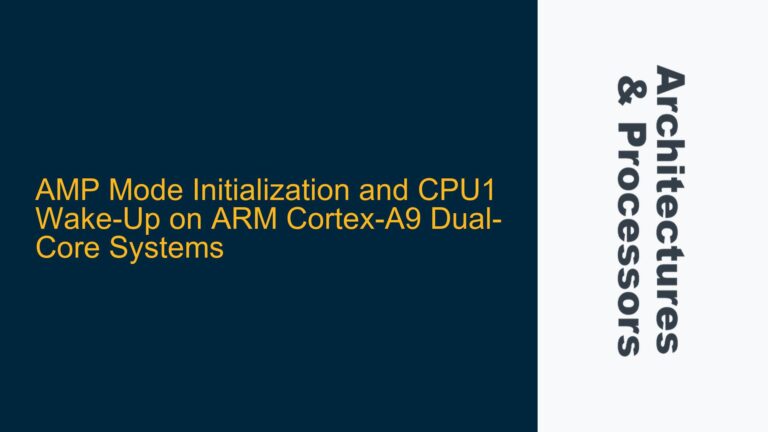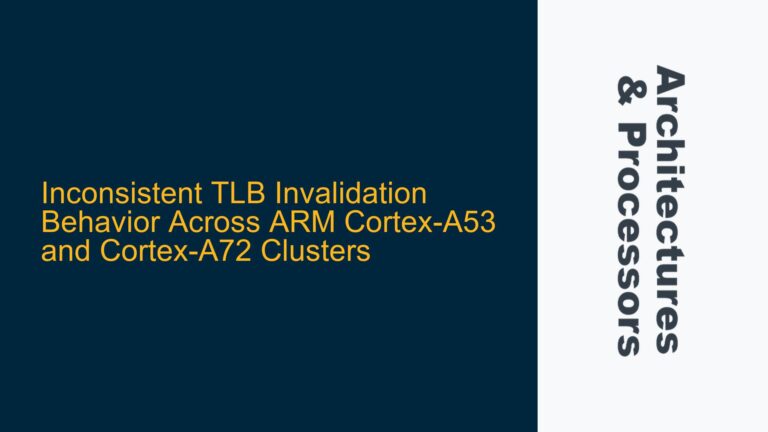AXI Protocol Burst Data Transfer and Write Response Timing
The AXI (Advanced eXtensible Interface) protocol, part of the AMBA (Advanced Microcontroller Bus Architecture) family, is designed to support high-performance, high-frequency system designs. One of its key features is the ability to handle multiple outstanding transactions, which allows for increased system throughput and efficiency. However, this capability introduces complexities in understanding the timing and sequencing of data transfers and responses, particularly when dealing with burst transactions and delayed write responses.
In a typical AXI write transaction, the master initiates the transfer by sending address and control information on the AW (Write Address) channel, followed by data on the W (Write Data) channel. The slave, upon receiving the data, processes it and sends a response back to the master on the B (Write Response) channel. The AXI protocol allows for multiple outstanding transactions, meaning that a master can issue multiple AW and W transfers without waiting for the corresponding B responses. This feature is crucial for maintaining high data throughput, especially in systems where the slave may take a variable amount of time to process each transaction.
However, this flexibility raises questions about the behavior of the data channel during the interval between the completion of a burst data transfer and the receipt of the corresponding write response. Specifically, it is important to understand whether the data channel can be used for subsequent bursts while waiting for a write response from a previous burst. This scenario is particularly relevant in systems where the slave may introduce significant delays in generating write responses, either due to internal processing requirements or contention with other transactions.
Outstanding Transaction Limits and Slave Interface Constraints
The ability of an AXI master to issue multiple outstanding transactions is governed by several factors, including the design of the master itself and the capabilities of the slave interface. Both the master and the slave have limits on the number of outstanding transactions they can handle, and these limits must be carefully considered when designing and verifying an AXI-based system.
The AXI protocol does not specify a fixed limit on the number of outstanding transactions; instead, it allows for implementation-specific limits. These limits are typically defined by the number of transaction IDs (AWID and WID) that the master and slave can support. Each outstanding transaction is associated with a unique ID, which is used to match the write response with the corresponding address and data transfers. The master must ensure that it does not exceed the maximum number of outstanding transactions supported by the slave, as this could lead to data corruption or protocol violations.
In addition to the transaction ID limit, the slave interface may have other constraints that affect its ability to handle multiple outstanding transactions. For example, the slave may have a limited amount of buffer space for storing incoming data, or it may require a certain amount of time to process each transaction before it can accept new data. These constraints must be taken into account when designing the AXI master and configuring the system to ensure that the slave is not overwhelmed by too many outstanding transactions.
The interaction between the master and slave is further complicated by the fact that the AXI protocol allows for out-of-order completion of transactions. This means that the order in which write responses are returned by the slave may not match the order in which the corresponding address and data transfers were issued by the master. The master must be able to handle this out-of-order completion, which requires careful management of transaction IDs and the associated data buffers.
Optimizing AXI Burst Data Transfers and Write Response Handling
To optimize the performance of an AXI-based system, it is essential to carefully manage the timing and sequencing of burst data transfers and write responses. This involves understanding the constraints of both the master and slave interfaces, as well as the specific requirements of the application.
One key consideration is the configuration of the AXI master to ensure that it does not exceed the maximum number of outstanding transactions supported by the slave. This can be achieved by implementing a credit-based flow control mechanism, where the master keeps track of the number of outstanding transactions and only issues new transfers when it has sufficient credits. The number of credits available to the master can be dynamically adjusted based on the slave’s ability to process transactions, which helps to prevent the slave from being overwhelmed.
Another important consideration is the handling of delayed write responses. In some cases, the slave may take a significant amount of time to process a transaction and generate a write response. During this time, the master may be able to issue additional data transfers for subsequent bursts, provided that it does not exceed the maximum number of outstanding transactions. However, the master must ensure that it has sufficient buffer space to store the data for these additional transfers, as well as the ability to match the write responses with the corresponding data transfers.
To manage the out-of-order completion of transactions, the AXI master should implement a mechanism for tracking the status of each outstanding transaction. This can be done using a transaction table, where each entry corresponds to a unique transaction ID and includes information such as the address, data, and status of the transaction. The master can use this table to match incoming write responses with the corresponding data transfers and ensure that the data is written to the correct location in memory.
In addition to these considerations, it is also important to optimize the configuration of the AXI bus fabric to minimize latency and maximize throughput. This can be achieved by carefully tuning the arbitration and routing logic, as well as the buffer sizes and flow control mechanisms. The goal is to ensure that the AXI bus fabric can handle the expected traffic load without introducing unnecessary delays or bottlenecks.
In conclusion, the behavior of the AXI data channel during delayed write responses is a complex issue that requires careful consideration of the protocol specifications, the capabilities of the master and slave interfaces, and the specific requirements of the application. By understanding the constraints and implementing appropriate mechanisms for managing outstanding transactions and handling delayed write responses, it is possible to optimize the performance of an AXI-based system and ensure reliable operation.






